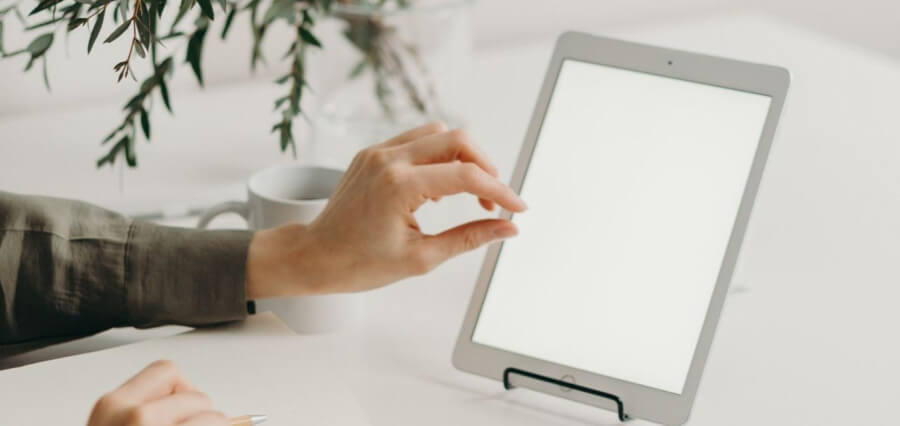Display printing solutions can really aid your marketing efforts. Here are some tips to ensure you make the most of it.
- Keep an Eye on the Detail
It can feel daunting to have a larger area to work with from a design viewpoint. Where should you start? The problem is attempting to envisage the finished work in its entirety at full size.
In terms of practicality, you have to design at scale, but it also means that any tiny areas of misalignment or misjudgment on-screen will tend to be much more conspicuous on large format display printing.
To keep everything accurate, you should consider working on a one-quarter scale. It is a great way to keep file sizes smaller and more manageable, making it easy to divide everything by 4 to get your desired sizes and is perfect for everything from domestic printing to more complex tasks such as custom screen print transfers.
The details matter, which is why you need to use the proper alignment for the job and, avoid taking shortcuts with smart guides that snap elements together. To position elements accurately, you should consider using coordinates.
Always double-check your artwork at full size. To do this, export it as a PDF and then zoom in at 400%. That way, you will be designing for both details as well as the bigger picture.
- Use the Right Image Format
Graphic designers love using raster graphics that are composed of bitmaps. The bitmap is the commonest file type for images, including PNG, JPEG, GIF, TIFF, and BMP formats. These formats work well with different media, but bitmaps are generally not the ideal format when working on a larger scale.
Images can easily become pixelated once enlarged, and working in large formats only makes this worse. It can be tricky to find software that allows you to work on a small enough scale while avoiding pixelation issues.
Pixels store information, which makes files incredibly large when designing using images for large format print. The solution is to avoid using bitmaps and instead use vector graphics. Vector graphics use mathematical equations and translate them into points that are connected by either curves or straight lines.
This is what makes vector graphics scalable without the need for them to store up massive amounts of information. It will not slow down your computer, and it will actually make it easier for your artwork to interact with the printer when it comes to outputting it.
- Use Size-Appropriate Software
This is somewhat similar to the image format issue. Photoshop is okay for standard design projects and is a great tool for managing and manipulating photos. However, it quickly becomes cumbersome if you try using it as your main design tool for large format prints. It isn’t ideal for setting up for print either.
If you would like to avoid vector and color management difficulties, you should take a broader approach. You don’t have to tie yourself to one program. A combination of Illustrator and InDesign with Photoshop for image manipulation should provide you with the necessary tools for large format design.
- Always Use High-Quality Images
It is a basic rule since it is impossible to produce large format print graphics if you don’t already have high-quality images. This applies right from the start. You cannot just take a logo from a website and repurpose it for a poster or banner.
The same applies to photography. You need to provide your own high-resolution images or search online since there are numerous free photo websites available. If you must scale your high-quality images, only use Photoshop to do it.
The output resolution of your image is the other important part of the equation. This is different from the image quality when using it in your design. Realistically, it is impossible to output large-format images at very high resolutions that are ideal for marketing on and offline.
Three factors should thus determine the output resolution:
- The image itself
- Viewing conditions
- Viewing distance
Your printer can advise you on this, but the aim is outputting high-quality images at manageable resolutions that will give you a satisfactory finished, printed product
- Design with Space in Mind
Having a larger canvas to work on does not mean that you must fill all the available space. You want your large format graphics to have immediacy and impact.
Keep the layout as uncluttered as possible, using plenty of space to highlight clear messages and powerful artwork. At the same time, ensure that the fonts used are readable. Words need to be perfectly spaced, with font colors that contrast well with the background.
If your design bleeds to the edge of the page, ensure that there aren’t any critical elements lost once the finished work is printed and displayed. Ideally, you should work with a margin that is appropriate to the end function of the graphics.
| Click Here For More News and Blog |


